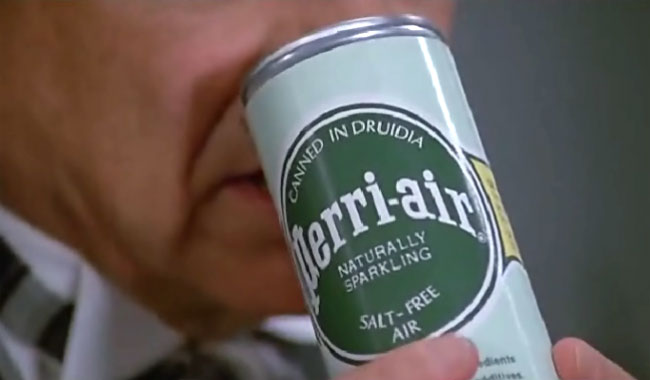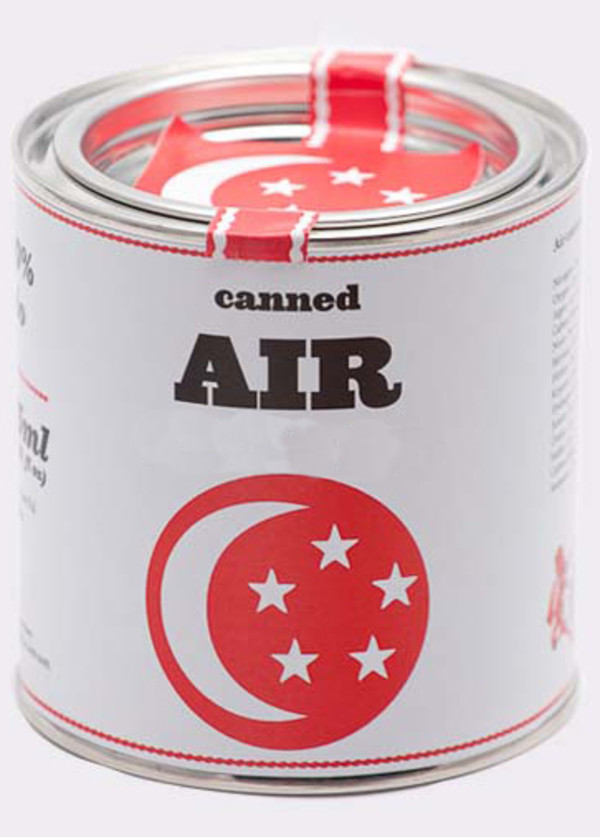Chiefblueman
Well-known member
I live in the great Pacific Northwet where the weather varies greatly and humidity can be quite high. For these reasons I change the air in my tires after every ride. Keeps inner rim corrosion at bay and and old air is just so, well uh.......used.
 Besides,you know what they say about fresh air being good for you and all.
Besides,you know what they say about fresh air being good for you and all.
I use 40f and 42-44r at every fill up.
I use 40f and 42-44r at every fill up.






















































